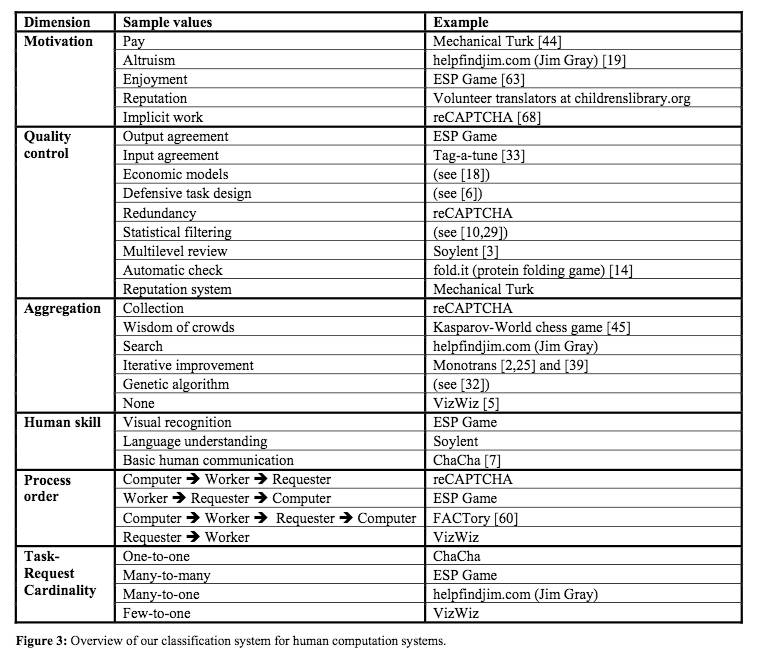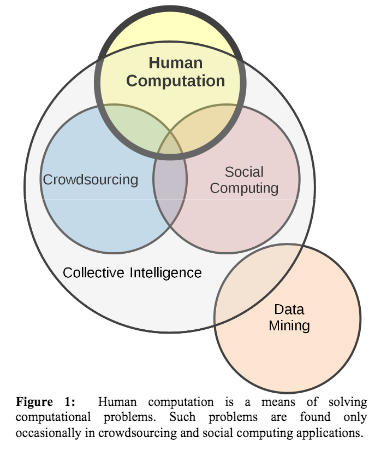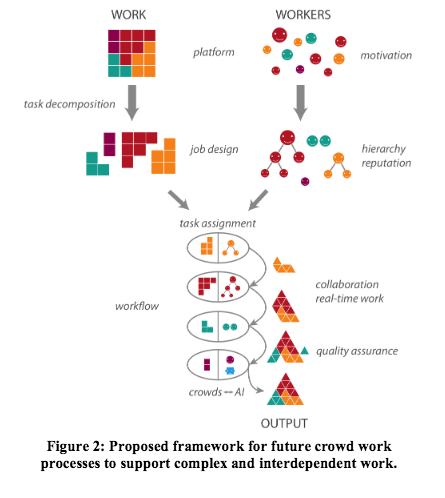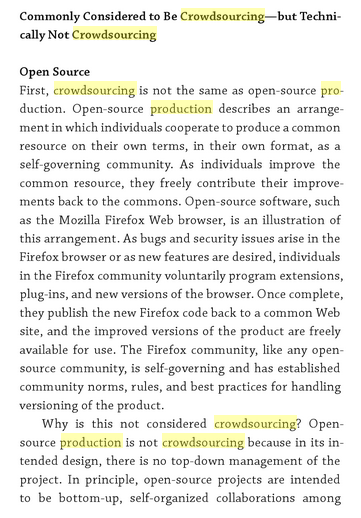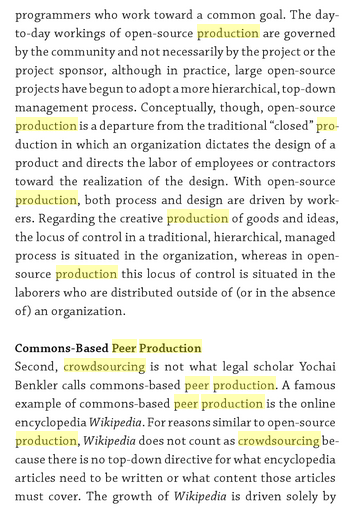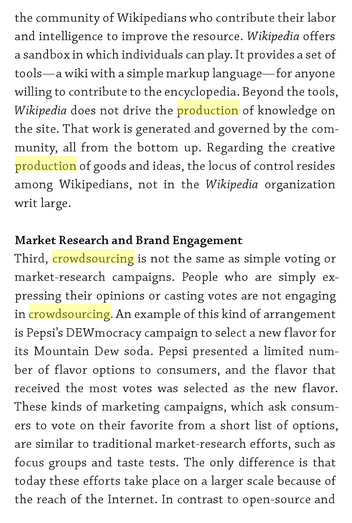Beyond this quote, Chandler (in engaging crisis/disaster scenarios) argues that Big Data may be more appropriately framed as community reflexive knowledge than causal knowledge. That's an interesting idea.
*"Thus, It would be more useful to see Big Data as reflexive knowledge rather than as causal knowledge. Big Data cannot help explain global warming but it can enable individuals and household to measure their own energy consumption through the datafication of household objects and complex production and supply chains. Big Data thereby datafies or materialises an individual or community’s being in the world. This reflexive approach works to construct a pluralised and multiple world of self-organising and adaptive processes. The imaginary of Big Data is that the producers and consumers of knowledge and of governance would be indistinguishable; where both knowing and governing exist without external mediation, constituting a perfect harmonious and self-adapting system: often called ‘community resilience’. In this discourse, increasingly articulated by governments and policy-makers, knowledge of causal connections is no longer relevant as communities adapt to the real-time appearances of the world, without necessarily understanding them."
"Rather than engaging in external understandings of causality in the world, Big Data works on changing social behaviour by enabling greater adaptive reflexivity. If, through Big Data, we could detect and manage our own biorhythms and know the effects of poor eating or a lack of exercise, we could monitor our own health and not need costly medical interventions. Equally, if vulnerable and marginal communities could ‘datafy’ their own modes of being and relationships to their environments they would be able to augment their coping capacities and resilience without disasters or crises occurring. In essence, the imaginary of Big Data resolves the essential problem of modernity and modernist epistemologies, the problem of unintended consequences or side-effects caused by unknown causation, through work on the datafication of the self in its relational-embeddedness.42 This is why disasters in current forms of resilience thinking are understood to be ‘transformative’: revealing the unintended consequences of social planning which prevented proper awareness and responsiveness. Disasters themselves become a form of ‘datafication’, revealing the existence of poor modes of self-governance."*
Downloaded Chandler paper. Cites Meier quite a bit.
